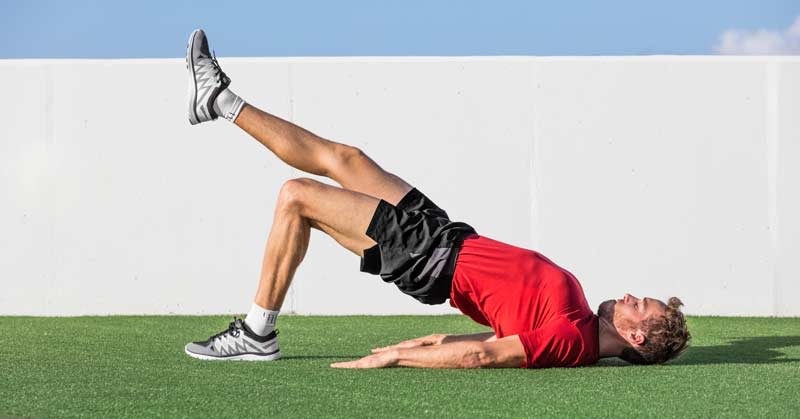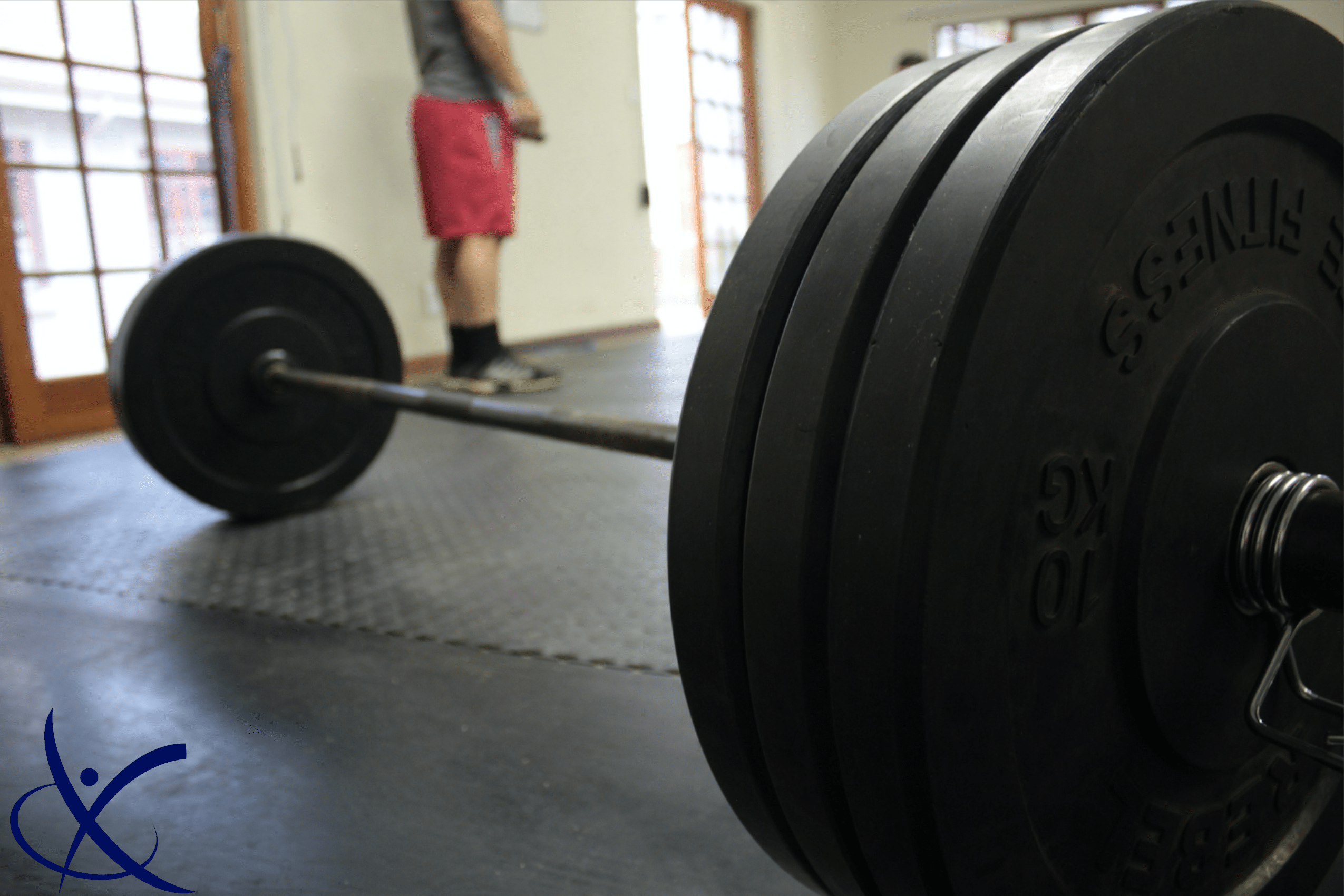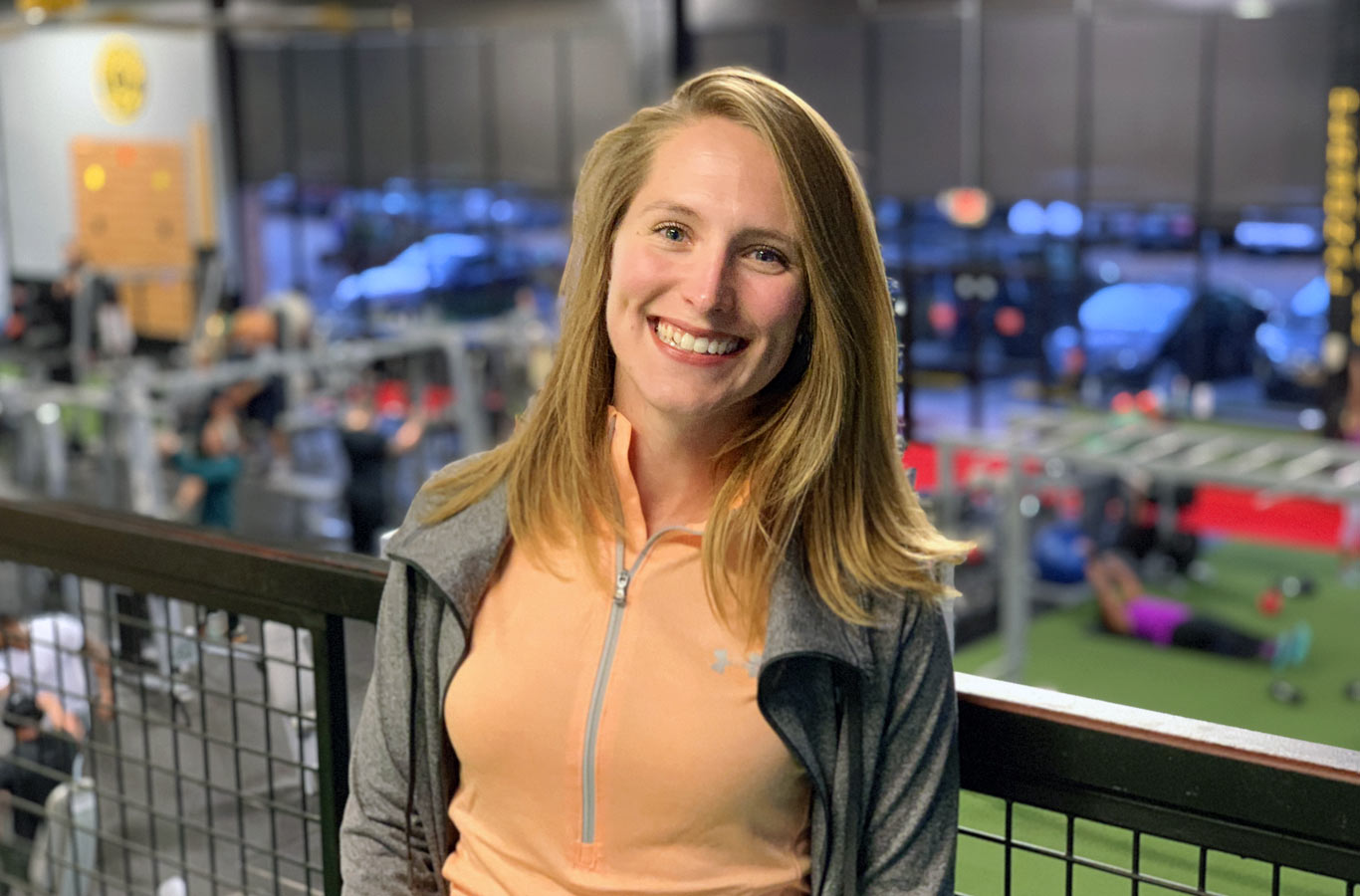
Understanding Your Hamstrings
September 23, 2019
How To Strengthen Your Hips
October 5, 2019Posture 101- Re-evaluating the Normative Thinking
Good Posture, Bad Posture- Are They All The Same?
Sit up Straight. Stop Slouching. Uncross your Legs. Never sit more than 30 minutes. How many times have you heard these things? I’m sure, quite a few.
It’s time to re-evaluate our thinking about posture. Just because you have what may be considered “bad” posture doesn’t necessarily mean you are going to be in pain. You may think I am crazy, but if I dig into the textbooks, research, and even clinical scenarios around me, posture is not always 100% correlated to an individual’s pain or injury!
Research is extremely limited when it comes to posture related pain and injury. So, who is to say that bad posture causes pain? In the clinic, I’ve seen people with impeccable posture be in just as much, if not more pain than those who may present with “poor” posture.
So, why has “good posture” been a discussion point for decades? For many years, good posture has been idealized. Proper posture has been associated with positions of power, good health, respectability and prosperity. When you think about good posture, what comes to your mind? I know for me things like models, celebrities, royalty, and the military stand out.
Over the years, the medical community has adapted beliefs about posture solely based on anecdotal information. We’ve become fearful to let our bodies move mainly because we’ve always been told to “protect the spine”. Have you ever thought that pain may be a result of not moving our bodies throughout their full ranges of motion? It is typically believed that sitting or standing with “good” posture will protect our spines and bending with a neutral spine with prevent a back injury. Postural ideals have become normalized, and it’s time for this to change!
I’m not saying as physical therapists we do not observe posture. We will, but it’s not always in relation to your pain! We look for postures in relation to specific conditions, muscle tension, protective postures, apprehensiveness and even mood! Did you know stress, lack of sleep, and lack of movement also relate to pain?
So, what do we really need to know about posture? Good Question, right? Let’s examine some of the most important points to take away from this:
- The definition of “perfect” posture may not always be perfect for you. One thing I like to discuss with people is anatomy. If I were to take 100 people and look at their bone structure, some may be similar, but others totally different. How can we define what “perfect” posture is when everyone is different? Let your comfortable posture assist you in finding your “perfect” posture. Don’t always try to mimic the perfect posture diagram! It may not be right for you.
- There is no true “correct” posture. This piggy backs on the idea above. Obviously, there are postures that look more “correct” than others, but it doesn’t necessarily make it right! Try out different postures- sit up straight, bend over with a rounded back, sit slouched. It’s not going to kill you if you try! If anything, it may help your body become more resilient over time.
- Things like happiness, sadness, or distress can affect your posture. Our posture reflects how we feel. Someone who is sad, stressed or upset may exhibit different postures when compared to someone who is relaxed, happy and determined! Also, research shows that a person experiencing stress is more prone to experiencing pain! It hasn’t necessarily been proven that having “bad” posture causes your pain!
- Sitting or standing too perfect may affect your breathing! I want you to try this: pull your shoulders back and stand in what may be considered “ideal” posture and try to take a deep breath. Now, relax a bit, let your shoulders roll forward slightly, and retry that deep breath. Which one seems a bit easier? For most, it will be the latter. Our bodies aren’t made to be restricted and there are areas which move easier when relaxed. Our rib cage and lungs are a good example.
- Sitting is not dangerous. Not moving is. We shouldn’t be afraid to sit. If you do have to sit for a prolonged period, fidget! Keep moving in your chair, and when you can get up and take a short walk. It’s not necessarily the sitting that is bad, it’s the lack of any movement that is.
- The spine is strong! I’ve addressed this several times before on different social media posts. The spine is a very resilient structure that is meant to bend and twist. Just like our other joints, ligaments, tendons and muscles surround the structural components of our spine making them more stable than many people believe! Yes, over time our spines may change, but it is normal just like our hair turning grey! If you are fearful of moving your spine in one direction or the other, I recommend seeing someone to help you regain your confidence in doing so! It may be hard, but you can do it!
- Stop Negative Thought Processes. Improving your posture will not fix all aches and pains. Your bad posture is not the sole source of your aches and pains. Slouching will not kill you, not moving regularly is more of the culprit. Our spines are not fragile structures, they are strong and mobile, and we need to keep them that way. We will not develop arthritis due to bad posture; it truly is something that happens as part of the normal aging process. Just remember, you can sit for as long as you please and you can cross our legs if you are comfortable. Just remember, your posture is not going to destroy you like you’ve heard from medical professionals and even the mainstream media.
I’m not bashing on good posture even though it may seem that way. Props to those who do have picture perfect posture! What I want readers to take away from this blog, is don’t put down those who aren’t picture perfect, because their “picture perfect” may never be the same as yours! Thoughts regarding postural pain stem from anecdotal evidence and not well-researched information. Be your own picture perfect, and if that means having a slight slouch, so be it! As always, if you have any questions about this blog, please don’t hesitate to reach out to the team at Feldman Physical Therapy and Performance!

Ashley Witson, PT, DPT





